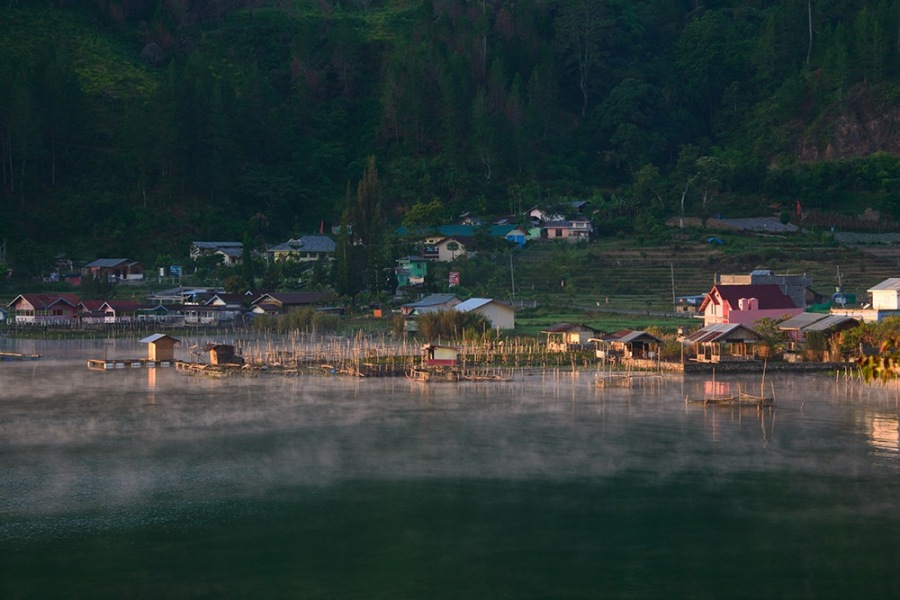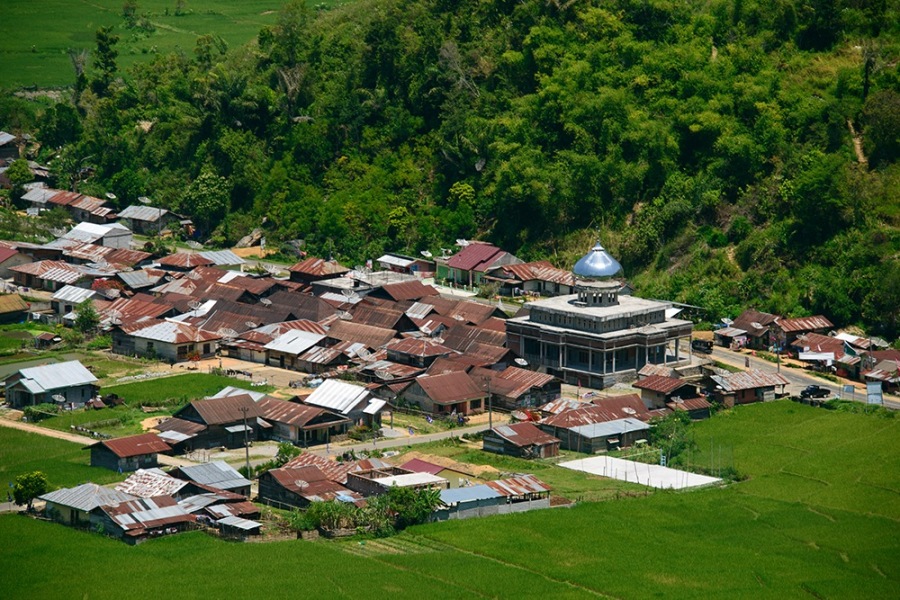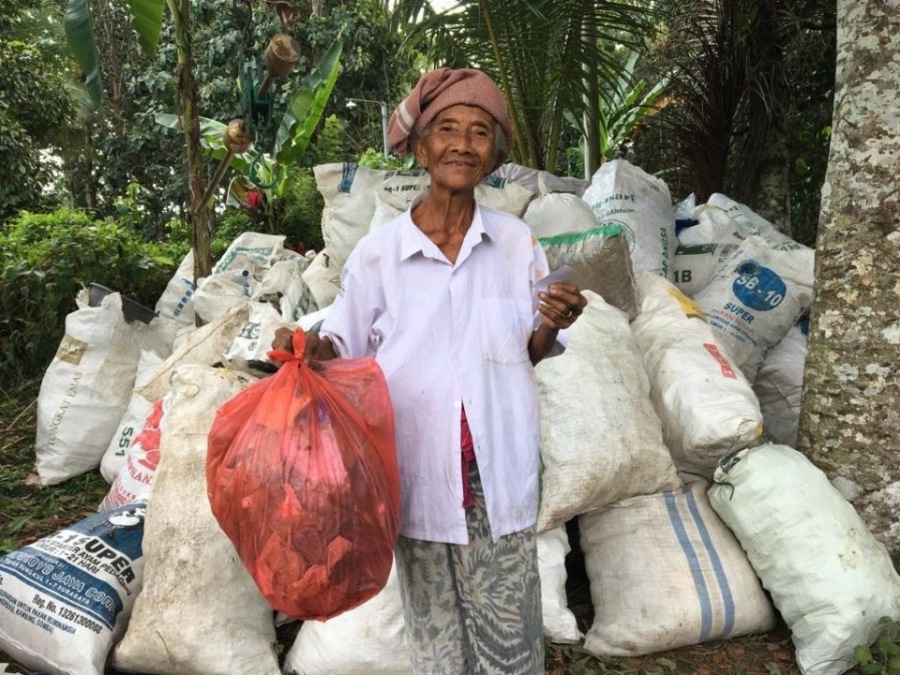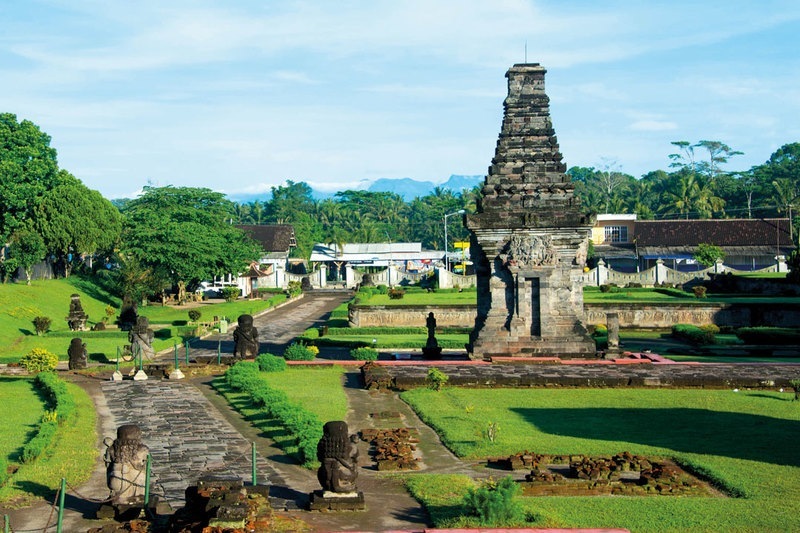Aceh – Exploring the Central Highlands
What's on your bucket list for 2021? Once a traveller always a traveller, right? When the world resumes and airlines start flying again, put Aceh on your list. If you like adventurous, remote travel then exploring Indonesia is your mecca - low key travel, many undiscovered places, intrigue and mystic, history and culture, and the friendliest, most welcoming people are waiting to greet you with the warmest smiles and most humble nature. Travel is easy in Indonesia. When you book a car, it comes with a driver. Request an English-speaking guide too. The cost is around USD 100 per day for a driver and an expert English speaking guide, who will take you to the lesser-known places, connect you with the local community and will become your storyteller along the way. The Indonesian archipelago is over 5,000 km long. Sumatra is kilometre zero - the very beginning of the archipelago. Aceh is in the northern part of Sumatra and is a beautiful place to explore, and a trip to the Gayo highlands in central Aceh will delight you with pine-studded mountains slopes, remote village life and a lovely little town called Takengon nestled beside a lake.

I made my way to Danau Tawar (Lake Tawar) just outside of Takengon and met a delightful man, Pak Syamsudin, who told me about his ancestral home. “I am fifth generation and a descendant of Raja Beluntara, the original King of this district. I am called Syekh Syamsudin. Syekh means descendant of the Kingdom. This old house is over 150 years old. Before it had a coconut thatch roof, I remember that, but now it is modern and weatherproof,” he continued with a reflective tone, “The Government came along a few years back and offered me a deal. They wanted my historic home. They said they could move me to a nice, new modern house for free, just down the road and still in my village if I would give them this original house, so I said why not?”
As I sat with him, I gazed up at the tall wooden beams, which were held together with five pegs and five posts (no nails). “The Dutch were here for a long time,” he said, “They built schools and educated us. Take a look at this painting,” he said. “This is Raja Beluntara. The painting was made from a photo found in a museum in Amsterdam.” Pak Syamsudin stood proudly next to the painting, with his son and three grandchildren joining him for the photo opportunity. The three generations stood proudly at the door of his former home, and he proclaimed, “OK, you can take my picture now.”
Pak Syamsudin went on to tell me about the many books that are located in Holland. “They are all written in Dutch and tell the history of our village, our Kingdom and many stories of Aceh. I would like to go one day and see these books. I am told these books are carefully catalogued, and they tell he account very accurately because Dutch people like to do this. They have a great interest in history. They did this because we did not have a written language at the time.”
Pak Syamsudin is the keeper of the old house. He receives Government funding every three months for upkeep. He told me, “No one from the Government ever comes to visit. The old house sits empty, but I’m okay with that.” His look was one of reflection as he stared up at the vertical panels, a design feature of a King’s home, “But I do miss living here.”
He told me about the relationship his village had with the Dutch. He went on to explain that in the early 19th century, the Dutch made an agreement to honour the Kingdom. “We liked the Dutch,” he explained, “Part of the deal was to provide education for the local people, and even to this day, the Gayo people have maintained a high level of education. Many Gayo people are poets and love to compete in verbal challenges, which are held regularly in the form of competitions in the villages and neighbouring towns”.
I was lucky to witness one of these word-slinging poetry competitions late one night. It was a poetry recital and was part of a celebration of a local boy’s circumcision ceremony. I was told the boy’s family were wealthy, so as part of the ceremony, there was to be a didong.
A didong is a type of poetry competition. It’s a word-game challenge that goes all the way through the night and finishes when the sun comes up. It involves two rival villages whose purpose it is to make the other look absurd by testing their cultural knowledge and their poetry ability. They react to each other’s answers with either jeers or cheers. They tell jokes and challenge each other mentally, and this is reinforced by loud applause when questions are answered correctly, and even louder cheers when the answer involves a witty retort.
I arrived at the digong at around 10.00 pm and left at midnight. I was told the digong would go without a break until 2.00 am. From 2.00 am to 6.00 am, the verbal challenge would move to a new level and involve dancing combined with teasing and taunting. Now and again, a village elder would have to come to the rescue with an answer, if the contestant was unsure. Through this rescue technique, both audience and participants engage in a deeper understanding of their history and culture. The elders, who are the judges, declare the winner based on two factors: knowledge and wisdom.
Saman Dance
I was lucky to be invited to a Saman dance rehearsal one night in a tiny back lane in Blangkejren village. I met
Ali Muddin, a Saman dance teacher who told me, “I have been teaching for seven years, and I have travelled the world.” He ran off to a back room and came back with a weathered photo album.
He eagerly pointed out his Saman dance troop standing on the steps of the Sydney Opera House. Ali had toured the world and attended festivals in Kuala Lumpur, Melbourne, Berlin, Sydney and Thailand.
I was directed to sit on a beautiful hand-woven green and white Gayo mat, as a line of thirteen very keen teenage boys shuffled into the tiny two-room house. The Saman dancers sat in a long row, excited to practice their age-old dance in front of a foreign guest. It was just a regular Monday night practice, but the room was packed with aunties, uncles and other family members. The boys practise three times a week and must synchronize their movements at a swift pace, not missing a beat. Judging by their looks of fascination and intrigue, I don’t think a foreigner had ever visited this house before, and I felt very privileged to be greeted so graciously and to be accepted by this family.

The dance was mesmerizing from start to finish. It involves slapping the body and shuffling the head from side to side, as the dance gathered momentum. Matching the pace of the music, the dancers moved their bodies in quick succession, coordinating hands, arms, necks and upper bodies in time to the music. They also sang at the same time. The dance reached a dramatic ending, where everyone burst into applause.
The origins of this dance come from the Gayo ethnic group. It is only performed in this part of Aceh. Ali told me that once a father has taught his son the dance, he no longer performs. “They all want to learn to dance,” Ali said, “because the Saman dance is one of the most popular dances in Indonesia. Many of the boys are lured by the opportunity to travel to Jakarta and other places, and maybe like me, go overseas.” Ali continued, “Every year a big dance competition is held in Jakarta. We keep winning the competition, and now they have banned us from competing. Can you believe it?” He said with a wry smile, “The other dance contestants complained and said they would not bother coming because they knew the Saman dancers would win again, as they do, year after year.” He broke into a chuckle, “Now, we perform the opening act and closing act only. It’s okay. We have many trophies already.”
When I left the house, I felt it appropriate to give a small donation to the dance school. They accepted with a lot of hesitation. A fuss started in the backroom, and soon enough, the mat I was sitting on was quickly rolled up and given to me, “This is your gift,” the village elder said, “Memories of the night.” I graciously accepted my lovely handwoven Gayo mat and was ushered out the door before I could protest. Such is the generosity of the local people.
Many grand festival events are held in the Gayo region. Check with the tourism department in advance and time your visit to coincidence with one of these events. On occasion, up to 5,000 dancers can perform the Saman dance, which by the way means, the dance of a thousand hands.
I went to Aceh with a desire to travel from Banda Aceh in the North to Gunung Leuser National Park in the South. I had never heard of the Saman dance, and this was just one of the encounters along the way.
I spent one week traversing the countryside, much of it cloaked in coffee plantations, extensive river systems, stunning scenery and beautiful encounters with the local culture.

From an ancestral weathered King’s floor to discovering the Saman Dance tradition in the small village of Blangkejren, Aceh was a trip of discovery, every day revealing a new wonder. Travelling to lesser-known places in Indonesia with just a rough plan and an open mind will always bring a trail of surprises and delight.
Story by Stephanie Brookes
Author and Travel Writer
www.travelwriter.ws
Photos by David Metcalf
www.davidmetcalfphotography.com
Fast Facts:
Tour guide and driver: Miss Ferzya
www.getaceh.com
email: ferzya.farhan@gmail.com
Accommodation: Linda’s Homestay - Banda Aceh
lindahomestay@yahoo.com
www.tripadvisor.com- Banda Aceh – accommodation
On November 24, 2011, UNESCO officially recognized Aceh's traditional Saman dance as an "Intangible element of world cultural heritage”. The ASEAN Tourism Association (ASEANTA) named the Saman dance as the best ASEAN cultural preservation effort at the 25th ASEANTA Awards for Excellence 2012.
Artikel dari Stephanie Brookes
Lihat blog
As published on Indonesia Expat · Bali’s Trash Solution in Action · When it comes to getting a handl ...

Pulau Weh is a remote little paradise with a laid-back vibe. It offers magical beaches and abundant ...

Blitar is a quiet, friendly town in East Java. From mystical lakes with god-fish legends to the stun ...
Anda mungkin tertarik dengan pekerjaan ini
-

Design Stylist
Ditemukan di: beBee S2 ID - 2 hari yang lalu
RGF HR Agent Recruitment indonesia - jakarta, Indonesia Permanent- Plan/Develop/Design/new car and vehicles parts- Execute design 2D into 3D.- Design and development of parts utilizing CATIA- Work closely with Client's team to propose new product design and also find out their needs ( start from Design, development/improvement, suitable materi ...
-

Cat groomer
Ditemukan di: beBee S2 ID - 1 hari yang lalu
Ryota Pet Shop Kota Denpasar, Indonesia Waktu penuh- memandikan, melembutkan bulu, dan mengeringkan hewan peliharaan- memotong kuku, menyikat gigi, dan membersihkan telinga hewan peliharaan- memotong bulu dan menatanya sesuai dengan permintaan klien atau standar potongan bulu hewan peliharaan- memenuhi permintaan khusus yang mung ...
-

HR Senior Manager, Electronics
Ditemukan di: beBee S2 ID - 1 hari yang lalu
Michael Page Indonesia Batam, Indonesia Waktu penuhAbout Our Client My client is a multinational electronics manufacturing located in Batam. · Job Description As a senior HR manager, you will be responsible for: · Overview and manage the day-to-day human resources function · Becoming a solid business partner for management and u ...
Komentar